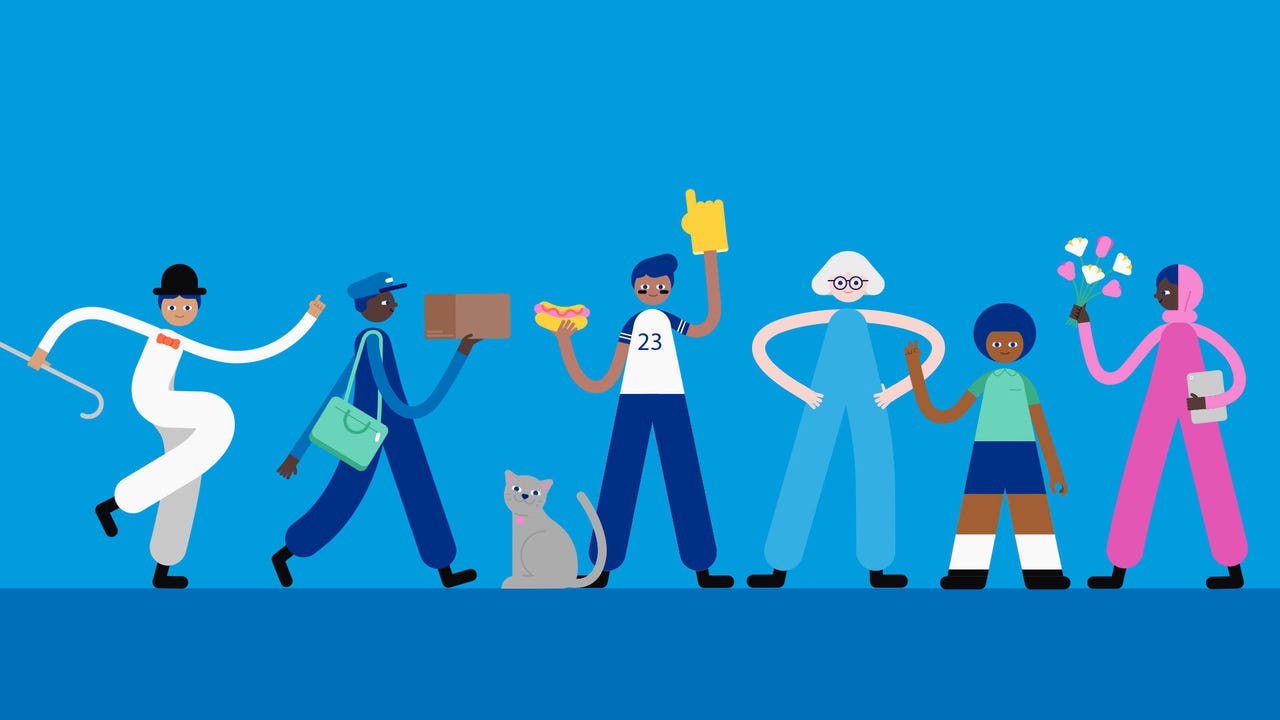PayPal Buy Now, Pay Later Makes A Difference For Gen Z Shoppers

The global pandemic has heightened the need for digital transformation, as retail transactions increasingly shifted online with lockdowns preventing in-store visits.
Merchandising strategies have continued to evolve to capture the younger, digital-native demographics. The two best ways marketers can capitalize on recent shopping trends are through friction-free digital payments and protection of customer data.
"Gen Z" (individuals born between 1997 and 2015) aren't just changing the way we shop, they represent a powerful share of the market, too. A recent McKinsey report estimates that they control hundreds of billions in spending power and represent about 40 percent of global consumers.
Merchants may engage Gen Z while advancing their long-term digital transformation strategies by considering PayPal Pay in 4* as a 'buy now, pay later' option for shoppers. PayPal Pay in 4 is the most trusted BNPL provider1 amongst millennials and Gen Z.
The Appeal of BNPL
Buy now, pay later (BNPL) is pretty self-explanatory, and the benefits that it brings to shoppers and merchants are outsized. According to the Motley Fool, around 56 percent of consumers surveyed in March 2021 have used a BNPL service, which represents almost 50 percent growth over July of 2020. That growth rate goes up to 62 percent when looking at the 18-to-24 age bracket.
Why the surge in popularity? Primarily because of the need to spread out large-ticket purchases and conserve cash, the report suggests, and because some shoppers have less income in the wake of the pandemic. Consumers view BNPL as a more attractive alternative to credit cards, due to the ability to buy higher-priced items and pay over a period of weeks without interest charges.
PayPal offers Pay in 4 in the US and similar products internationally. In a recent interview, Doug Bland, Senior Vice President and General Manager of Global Credit at PayPal, said Pay in 4 has made a significant impact since being introduced in late 2020:
In its first six months, Pay in 4 drove $1 billion in total U.S. payment volume.2
Pay in 4 average order value is 39% higher than standard PayPal transactions.3
More than one-third of Pay in 4 sales are from consumers under 30 years old.3
50 percent of Pay in 4 customers used it again within three months; 70 percent used it again within six months.2
In addition, a survey of business-to-consumer merchants commissioned by PayPal showed that 21 percent of online sales come from BNPL,4 and that 28 percent of consumers aged 18-39 are more likely to shop at a merchant again if they offer BNPL.1
The Right Option at the Right Time
Pay in 4 lets consumers spread a purchase out over six weeks, with interest-free payments and no application fees. Merchants get the full amount up-front, and they pay nothing extra for the service. Bland explained that this format fits neatly with broader digital and Gen Z patterns that favor set subscription payments over one-time purchases. "Younger customers are gravitating to pay later services now more than ever," he said. "These financing options fit neatly into the subscription lifestyle consumers are already living."
With the summer upon us, retailers that are lagging behind in adopting BNPL can still take advantage of the trend in time for back-to-school and fall shopping. The Motley Fool report showed that nearly 50 percent of BNPL shoppers use it to purchase electronics, for instance, which are set to spike in the back-to-school shopping season. Forrester's research shows that around 70 percent of younger consumers would use BNPL for purchases -- such as electronics and home furnishings -- that cost over $1,000.4
Trust is another major factor in purchases of that size. In PayPal's research, nearly 80 percent of consumers said the most important consideration for online payments is trust that their financial information is secure.1 PayPal has the highest rankings in recognition and trust among younger shoppers, when compared to the top six competing BNPL providers.1
Breaking It Down
What emerges from these findings is simple, and like Pay in 4, we'll break it into four steps:
Merchants need to court Gen Z consumers.
Gen Z consumers want BNPL options.
Merchants who offer BNPL options see increased order volume and affinity.
PayPal Pay in 4 enjoys industry-leading trust and market share, and it doesn't cost merchants extra to use.
Bland sums it up neatly:
"This is huge in an era where marketplaces dominate, and businesses have challenges differentiating themselves from their competition. If using a commerce tool like [BNPL] can increase consumer loyalty, it moves from a must-have to a foundational customer experience."
Learn more about PayPal Pay in 4 here.
NOTES
1. Based on an online study commissioned by PayPal and conducted by Netfluential in November 2020, involving 1,000 US online shoppers ages 18-39.
2. PayPal Q1 2021 Earnings Call. Includes Buy Now Pay Later, Q4 2020 results for US, FR, UK and DE Installments.
3. Analysis of PayPal internal data October 2020 through February 2021.
4. "How Younger Audiences Value Credit Offerings Today," commissioned studies conducted by Forrester Consulting on behalf of PayPal involving 504 US consumers aged 18-39 and 473 B2C merchant respondents with influence over ecommerce and/or credit decisions, November 2020.
*About Pay in 4: Consumer late fee may apply for missed payments and varies by consumer's state of residency. Loans to California residents are made or arranged pursuant to a California Finance Lenders Law License. PayPal, Inc. is a Georgia Installment Lender Licensee, NMLS #910457.